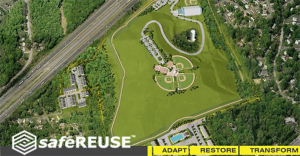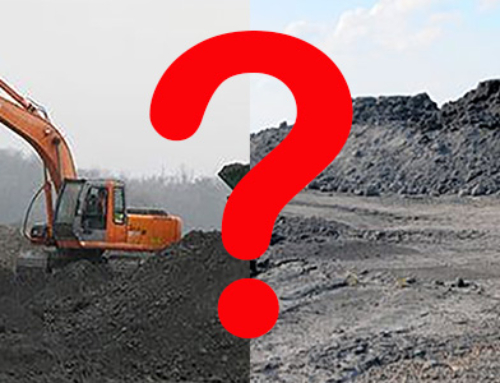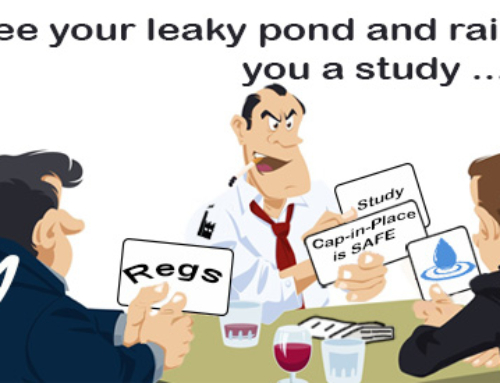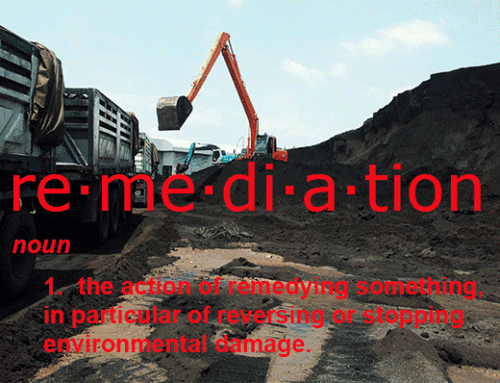Is a landfill an asset?
The number of landfills in the U.S. is decreasing, resulting in dwindling airspace available to hold our waste. If you own a landfill, you must ask, “Is my landfill an asset or a liability?”
Despite recycling and Zero Waste initiatives across the county, the volume of waste generated hasn’t decreased to the point where we see reduced demand on airspace or an offset in the growing costs of proper disposal.
Compounding the problem is that the U.S. recycling industry shifted from domestic to overseas markets when China and other countries were clamoring for our raw materials. But now, those countries have become glutted, so they focus more closely on quality, and they discover that that much of what we sell them is contaminated, so those loads end up becoming unusable solid waste.
Because it’s prohibitively expensive to ship these rejected loads back to the U.S. for disposition, municipal recycling programs are taking a hard look at what they can continue to accept and sell. Unfortunately, the trend is toward less, not more.
This places the burden for solid waste disposition back on U.S. landfills.
Zero Waste initiatives – where, ideally, 100% of waste is put to beneficial reuse in some form – are noble to strive for, but they require significant compromises to life as we know it. How many of us are willing to go that extra mile and give up our trashcans? How long will it take to achieve zero waste?
It’s a problem that doesn’t have generations of time to solve. It’s growing larger and more pressing every day.
Communities that operate landfills can begin contributing to the solution today with a shift in attitude. Instead of considering their solid waste facilities eyesores that must be closed as soon as possible to appease residents whose mantra is, “Not in my backyard!” (the “NIMBY effect”), they should instead consider those landfills assets to be leveraged and maximized.
This keeps the waste local, reduces transportation costs and doesn’t – literally – kick the cans down the road for disposal in other localities.
Just about any landfill is an asset that can be operationally improved or expanded. At the end of its useful life, the land itself can be reclaimed and reused in a number of ways that benefit the entire community.
Until American innovators can step up and revive domestic recycling by inventing new uses for recyclable materials that other countries no longer want, it’s up to communities to fill the gap.

But let’s not stop at simply creating more landfill airspace. Environmental stewardship goes way beyond just protecting the environment. Localities should consider all stakeholders’ concerns and community needs (farm land, wetlands, lack of open space, beneficial use) and add them to the pot. When all options for landfill maximization are on the table to explore, it can result in winning propositions all the stakeholders can “live with.”
In the final post of this series, we’ll tackle how landfills can be adaptive reused.





